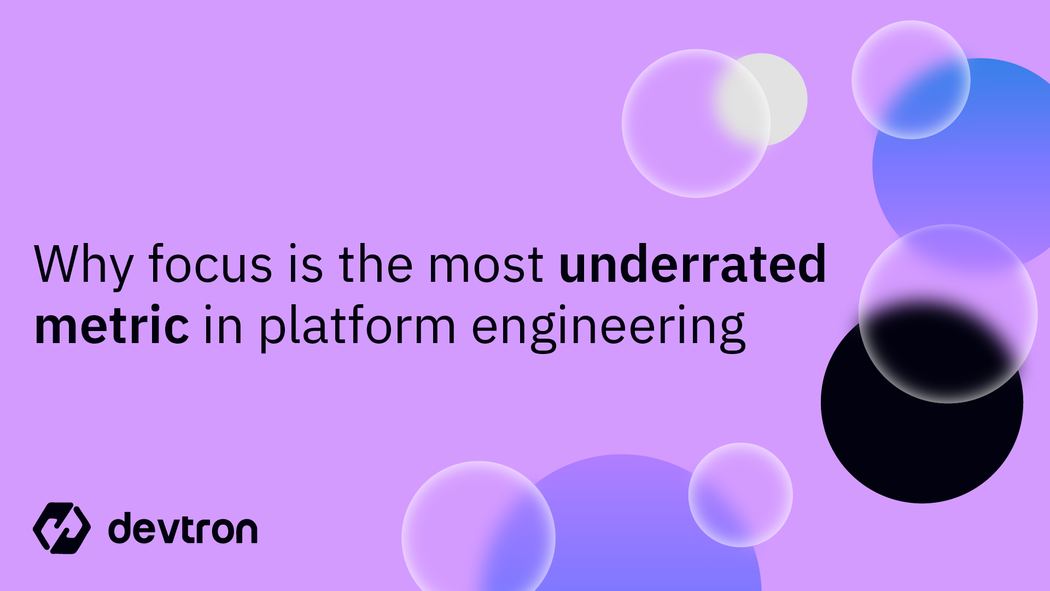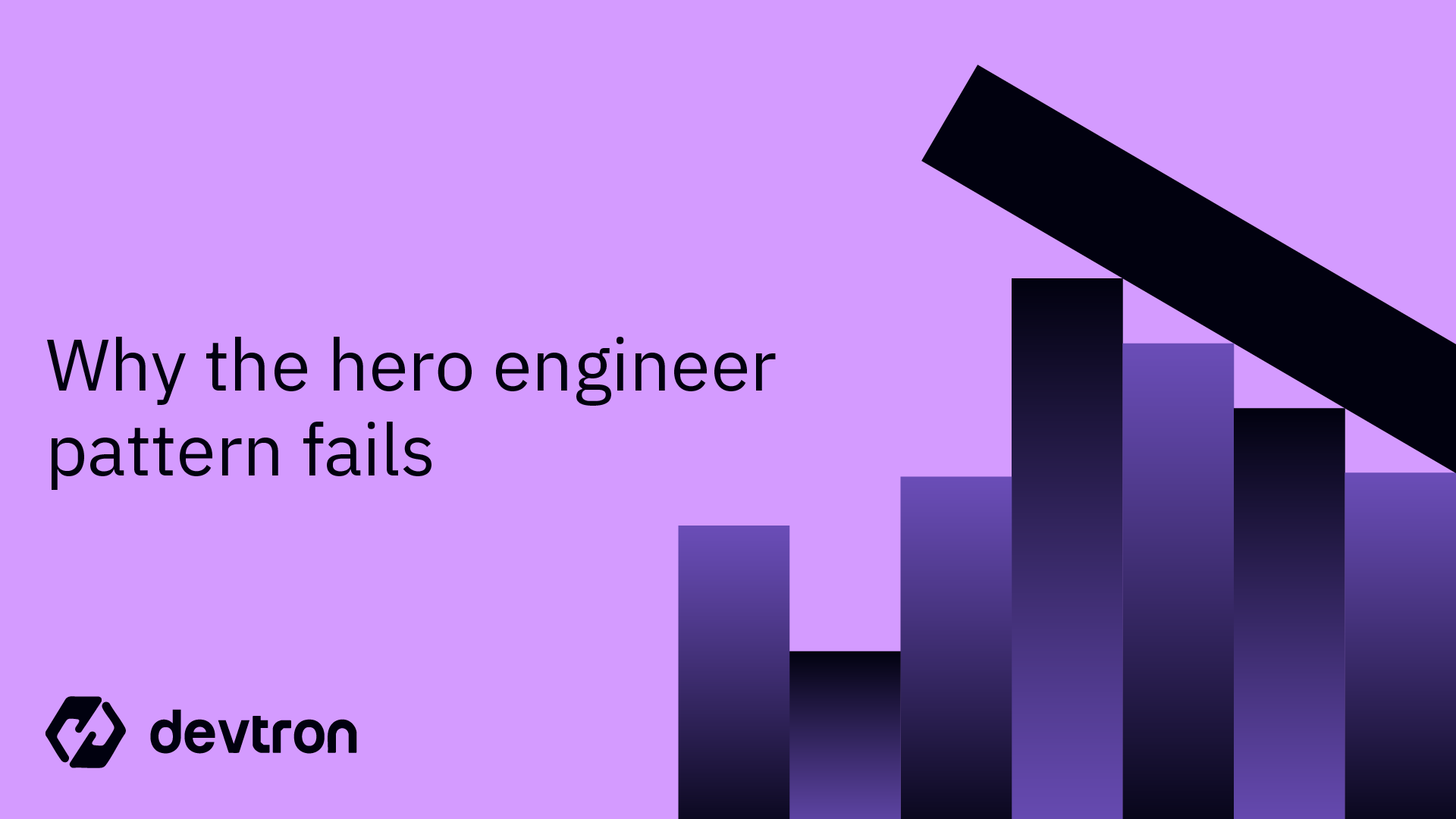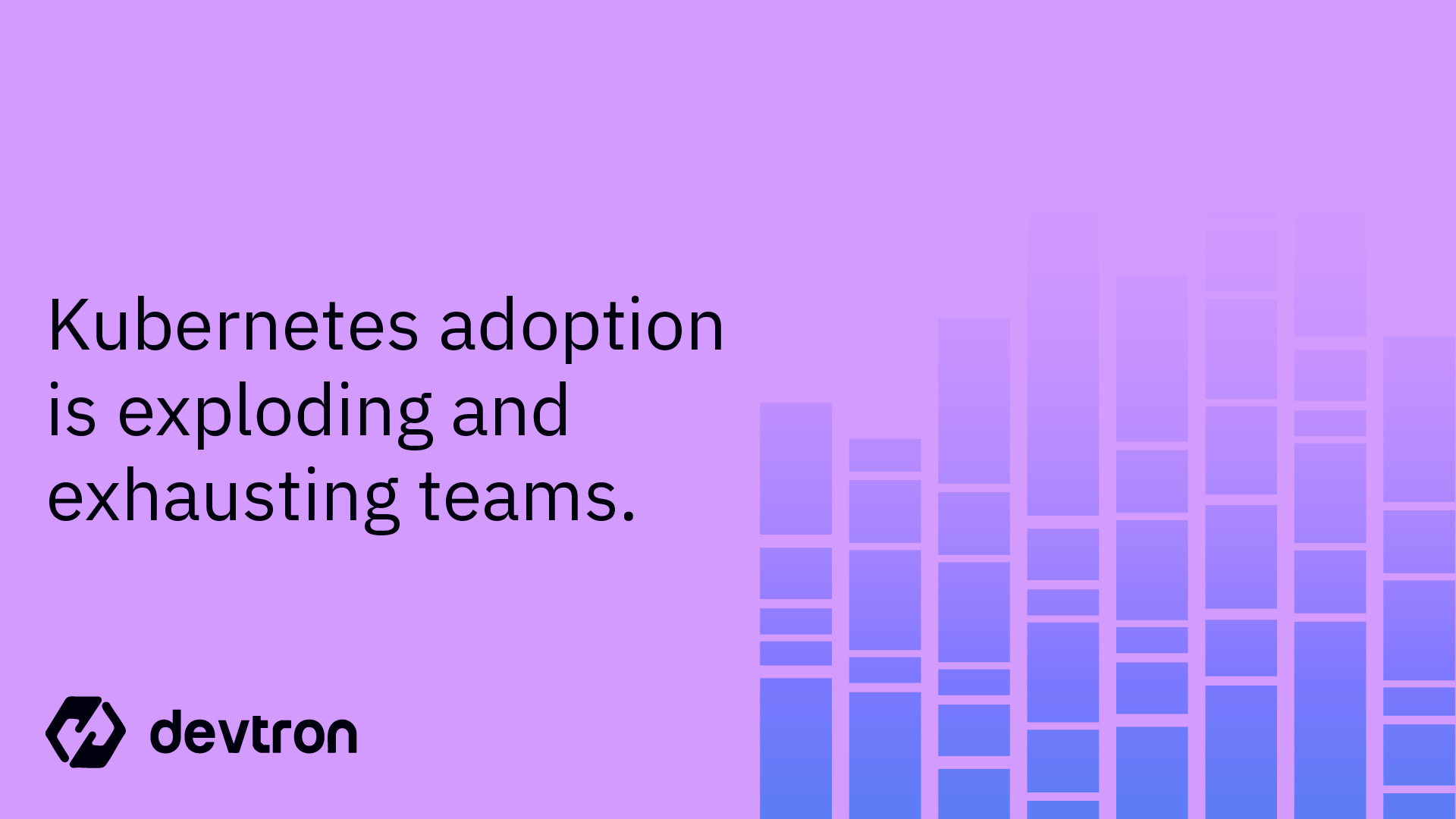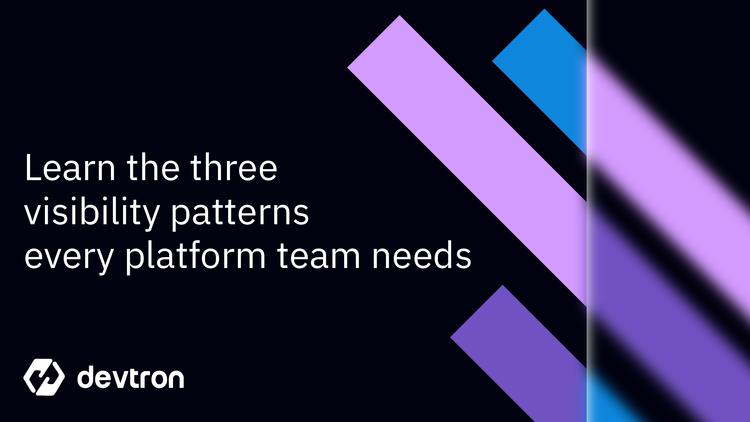I've been speaking with numerous platform engineering leaders and teams to understand what actually breaks platform teams. It’s not the dramatic failures, the outages that make headlines, or the security breaches that trigger board meetings. I'm referring to the slow erosion that occurs when skilled engineers gradually become less effective, and nobody can quite pinpoint why.
Most of the platform engineers toggle between eleven different tools in the span of twenty minutes. Grafana to check metrics. Kubectl to verify pod status. ArgoCD to review a deployment. Back to Grafana because something looked off. Over to the security scanner. Quick detour to the cost dashboard because someone asked about spend. Compliance portal to verify a control. Jenkins to check the pipeline. Harbor to inspect an image. Jira to update a ticket. Slack to answer three questions that arrived while all this was happening.
Here's what nobody tracks: the cognitive overhead of that workflow costs more than the fifteen minutes it took to complete. The real cost was invisible: the mental model engineers have to rebuild each time she context-switches, the subtle errors introduced when working across fragmented contexts, the erosion of deep problem-solving capability.
We obsess over DORA metrics and deployment frequency. We instrument everything about our systems. But we're systematically ignoring the resource that determines whether any of this actually works: human attention.
The Real Cost of Fragmentation
Platform engineering exists at the intersection of infrastructure, security, compliance, cost management, and developer experience. Each domain brings its own tooling, its own interface, its own mental model. The result isn't just inconvenient, it's cognitively expensive in ways we consistently underestimate.
Consider what happens during a typical investigation. An application team reports slow API responses. Your platform engineer starts in the observability tool, identifies a database connection issue, switches to the infrastructure layer to check resource constraints, jumps to the configuration management system to verify settings, moves to the security tools to rule out an attack, checks the cost dashboard to see if something triggered autoscaling, and reviews recent changes in the deployment system.
Each transition breaks the flow. Each tool switch means:
- Reorienting to a different interface paradigm
- Reconstructing context about what you were looking for
- Re-authenticating or navigating through different access patterns
- Translating between different data models and naming conventions
- Reformulating your question in terms that this particular tool understands
That's not six tools. That's six complete cognitive resets.
The engineers I talk to describe this as "constantly losing the thread." They're not wrong. context-switching in knowledge work consistently shows that the penalty isn't just the transition time; it's the degraded quality of thinking that follows. Deep problem-solving requires sustained attention. You can't debug a complex distributed system failure in three-minute intervals between tool switches.
The Error Surface Nobody Measures
When you're checking pod status in kubectl, spot an anomaly, and then have to manually correlate that with security scan results in a completely separate system, you're introducing risk. Did you check the right namespace? The right time window? Did you map the correct identifiers between systems? Is that pod name format exactly what the security scanner expects?
These aren't hypothetical concerns. I regularly see incidents that trace back to correlation errors between fragmented tools. The engineer had the right information but drew the wrong connections because they were stitching together data from systems that don't share context.
The worst part? These errors are invisible in our metrics. We don't track "incidents caused by tool fragmentation." We just see the incident, attribute it to human error, and move on. But human error in complex systems is usually a symptom, not a cause. The question isn't "why did the engineer make a mistake?" It's "why did our systems make that mistake easy to make?"
A unified platform doesn't just reduce tool switches. It eliminates entire classes of errors that only exist because of fragmentation.
Why Unified Platforms Actually Matter
The case for unified platforms isn't primarily about what you can see. It's about what you can think, and more importantly, what you can understand about relationships between things.
The difference between tool aggregation and actual platform unification becomes clear when something breaks. In a fragmented environment, you're constantly asking: "What changed, where did it change, and how does that relate to what I'm seeing now?" Each question requires a different tool, a different query language, a different mental model.
A truly unified platform doesn't just display data from multiple sources; it understands the relationships between deployments, infrastructure changes, security posture shifts, and observed behavior. When you investigate an issue, the platform has already traced the causality graph. It knows that the deployment at 14:23 modified a config that affected three services, one of which started exhibiting the error pattern you're investigating.
What a Unified Platform Solves for Platform Teams
- Enhances production stability through consistent deployments and unified observability. Read More →
- Enables quick root cause analysis with centralized visibility across systems. Read More →
- Simplifies Day-2 operations by streamlining workflows and configurations. Read More →
- Improves incident response with proactive monitoring and unified alerts. Read More →
- Shifts focus from firefighting to building, empowering teams to innovate faster. Read More →
What We're Building at Devtron
At Devtron, we're building more than just another tool; we're creating a smarter platform that transforms how teams work with Kubernetes. Devtron replaces your fragmented systems, consolidates context, and empowers every engineer to operate with confidence.
One platform with complete context. No more juggling 15+ tools. Devtron unifies your Kubernetes operations stack into a single platform. Every action comes with full context: deployments, monitoring, logs, security policies, and infrastructure. One view.
The golden path becomes obvious. We've built best practices directly into the workflows. Junior engineers can ship production-ready code confidently. Senior engineers spend less time answering basic questions and more time on actual engineering problems.
Everyone works from the same platform. Whether you're in development, ops, or security, you get the same visibility. Information silos disappear. Handoff friction drops.
Policies enforce themselves. Embed your organization's standards directly into the platform. Security scans, compliance checks, and resource limits happen automatically without manual oversight at every step.
Security and access control make sense. Granular RBAC gives every team member exactly the access they need. Nothing more, nothing less.
Automation that thinks. Built-in intelligence means automation doesn't blindly follow scripts. SLO-based rollbacks catch issues before they escalate. Auto-remediation fixes common problems instantly. Runbook execution handles incidents with precision.
So, when something breaks at 2 AM, you're not manually reconstructing what happened. The platform already traced the causality. That deployment at 14:23 modified a config affecting three services? The system knows. The logs showing errors starting at 14:24? Already correlated. The metric anomaly that triggered the alert? Mapped to the exact change that caused it. You skip the archaeology and go straight to fixing the actual problem.






